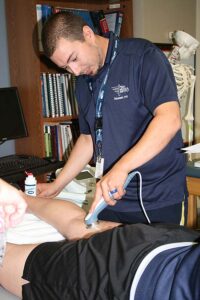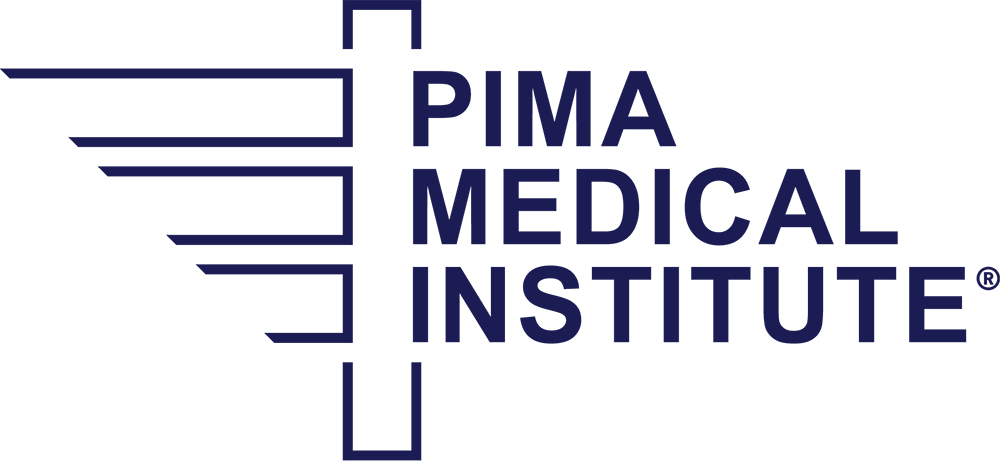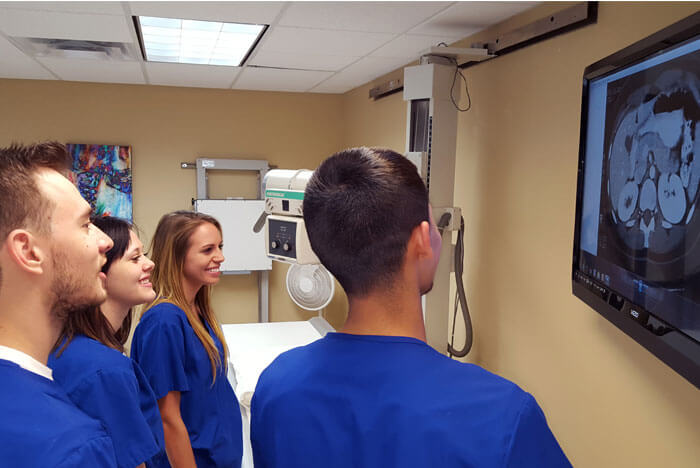Dr. Enid Halewyn, Physical Therapist Assistant Program Director at Pima Medical Institute’s Seattle campus, discusses what the career is like and how students can be successful in the field.
If you are in the field of physical therapy, you know that the profession is a constant stream of whys and hows. It can be a puzzle, a challenge and a victory.
As a physical therapy assistant program director at Pima Medical Institute, I naturally would tell you that being a physical therapist assistant is a wonderful and fulfilling career. But with 30-plus years of professional experience, I have to say, it’s even more than that.
Building Relationships
It is about building relationships. These relationships start with students and their educators. A trust is established between them where both parties accept their academic responsibilities. Relationships continue to build between colleagues – physical therapists, PTAs, PT aides, and others. PTs trust that the PTA will have the knowledge and skills to treat their patients. The PTAs trust the PTs to have their backs. Physical therapy spans all ages, genders, religions, cultures, and species. It brings opportunities to learn about and find commonalities between the clinician and all types of patients. I have worked with patients ranging from homebound or homeless to professional athletes. I have learned about all types of cultures, religions and backgrounds.
 A Pima Medical Institute Physical Therapist Assistant student learns how to speed up the healing process using ultrasound techniques.
A Pima Medical Institute Physical Therapist Assistant student learns how to speed up the healing process using ultrasound techniques.
Diverse Career Opportunities
It is about diverse career opportunities. There is a wide variety of settings in which a PTA can work and a wide range of populations that PTAs can work with. This includes hospitals, skilled nursing facilities, outpatient clinics, pediatrics, geriatrics, athletes, education, and more.
My PT journey started as an aide in a hospital setting. I worked weekends in a skilled nursing facility during PT school; worked in home health when motherhood required me to have a more flexible schedule; spent a large portion of my career in outpatient orthopedics; and was promoted to the position of clinic director where I ran my own clinic. Finally, I am in education, where I can make a difference in those wanting to work in the profession I am so passionate about.
Lifelong Learning
It is about lifelong learning. Our profession is so vast and varied. It is always growing and changing, so a PT or PTA can never know everything. There are always new and exciting things to learn. Learning can occur from colleagues through inservices or informal meetings. There is a continual choice of workshops and conferences to attend all across the country and in fact, the world.
Success
It is about sharing in successes. These successes start with students. They conquer their classwork and clinical practicums, they graduate, pass the national board exam, then their careers take off. Successes can also be shared with colleagues who advance their education or get certifications in specialties. Some of the most fulfilling successes are those we share with our patients. This can range from walking again after a stroke, playing soccer again after breaking a leg, or returning to work after a car accident. Returning a patient to their previous level of function is what we strive for and is what drives us. Our patients’ smiles and appreciation are the pay off for our hard work.
These and so many other reasons are WHY you should consider a profession in healthcare; for the HOW please call or visit one of our campuses.




